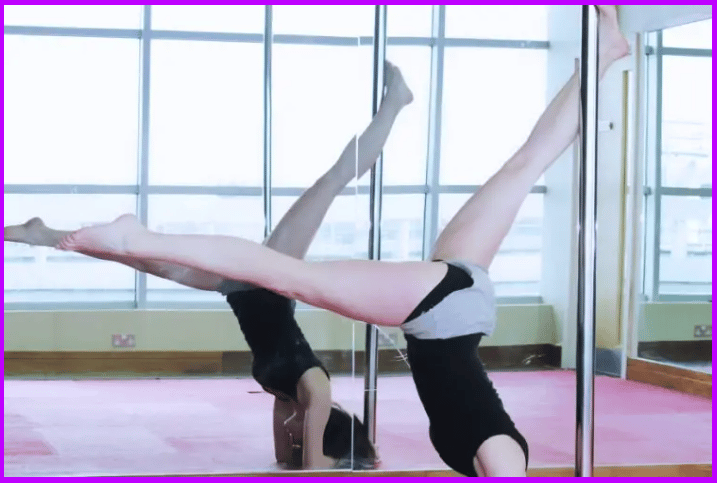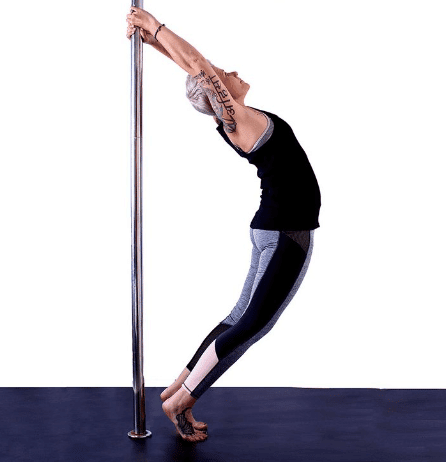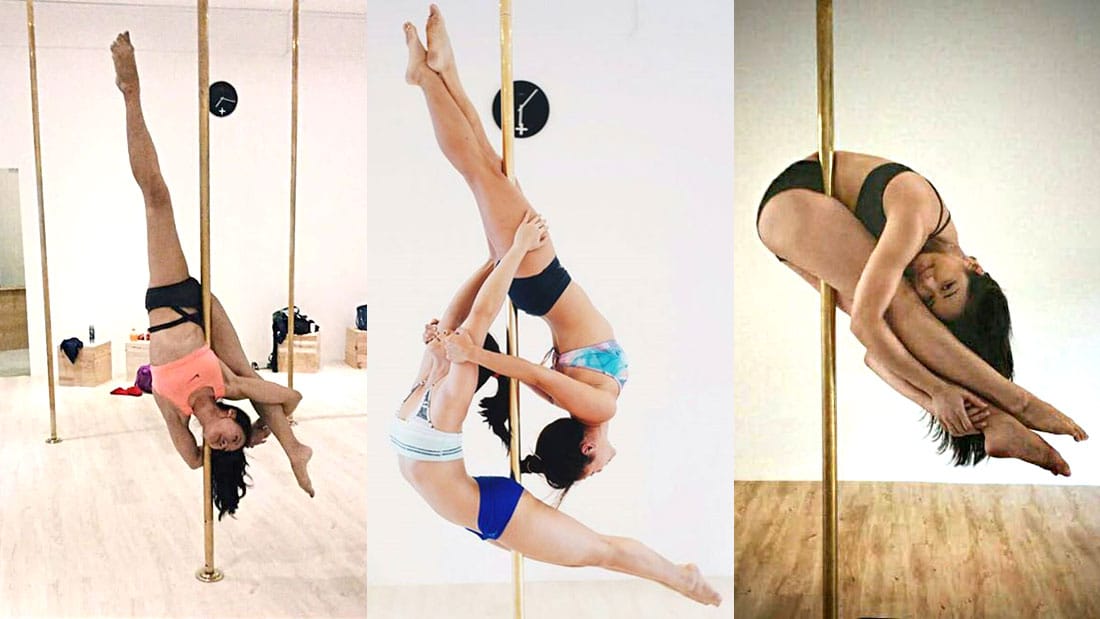One of the primary asanas that makes up the foundation of an Iyengar Yoga practice is Salamba Sirsasana (headstand). In his book “Light On Yoga,” B.K.S. Iyengar refers to it as “the king of all yoga poses.” Almost every Iyengar Yoga routine includes headstand or one of its modifications. The stance will be practiced daily by someone with a regular home routine.
Despite its significance, caution must be exercised when performing this pose. The optimum time to master headstand is when a strong foundation has been built in other preparatory poses. The position will then be taught to the learner in a series of step-by-step progressions that develop strength, self-assurance, and technical proficiency.
step 1.
This variant is the ideal starting point for learning handstands. The goal here is to build strength in your upper body so that you can support your weight in an upside down position. You will learn not only muscle strength, but also techniques to support your shoulders when lifting. When it comes to the stage of climbing the wall, the headstand becomes easier. Note that the head is completely off the ground in these variations.
Step 2.
This variation continues to build strength and technique. This block teaches you how to hold your upper back, which is most prone to collapsing during headstands, and strain your neck. Note that the head is still completely off the ground in this variation. Important Instructions:
The trick to self-positioning the block is to press the block against the wall with your hands, with your elbows 10cm away from the wall. Extend your legs so that the block is wedged between the wall and your back. At this point you can slide your hands onto the floor one at a time so you can interlock your fingers. Lift your heels and kick your feet inward so your hips are directly over your shoulders. Rotate your outer armpit away from the wall as you press your forearm down. This causes the shoulders to spread outward as they rise.
Step 3.
Now you can start moving into the perfect upside down position. At this point it is important that your head is still completely off the ground. Learning to stand on your own takes time for most people. In the beginning, it’s a good idea to set aside your ambition to be at the top. Instead, focus on a controlled hopping motion, jumping on the same foot and landing on the ground. With this approach, you can gradually climb higher at your own pace. When your front heel hits the wall, you can consider raising both feet.
Important Instructions:
Make sure your crossed knuckles are touching the wall. Make sure your elbows are directly under your shoulders. Lift your pelvis and bring your feet closer to your elbows. Make sure the front leg is straight at the knee. Bend the opposite leg and kick the wall like a spring. As you release your kicking foot, shift your weight onto your forearms. If you don’t go all the way to the top, you’ll land on the same foot you started with. After reaching the top, keep the pose even for 5 reps. Push your heels up into the wall as high as possible and lift the back of your pelvis toward the ceiling.
Step 4.
At this point, you can start placing the top of your head on the floor. To align the neck correctly, it is important to pinpoint exactly where the top of the head is. The neck has maximum length while maintaining its natural curve. The block in place should support your upper back and allow your head to lightly touch the floor. This will help you get used to having your head on the floor without straining your neck. lateral hand placement
Step 5.
Now you can work in a completely inverted position. First, this is a pose that is only held for short periods of time. The more experience you have, the longer you can comfortably hold the pose. Your initial goal is 1 minute, but eventually you’ll find that 5-7 minute stays are the most effective. Once you’ve become comfortable with this pose using wall support, the next step is to move away from the wall and begin working with free balance.
Important Instructions:
Make sure your hands form a cup shape that roughly forms the back of your skull.The back of your skull should lightly touch the base of each thumb as you rest your head on the floor. Align your inner wrist with your outer wrist. As you step up, press down on both elbows evenly. As you rise, lift your shoulders, the back of your pelvis, your inner legs, your inner heels and the ball of your big toe.




